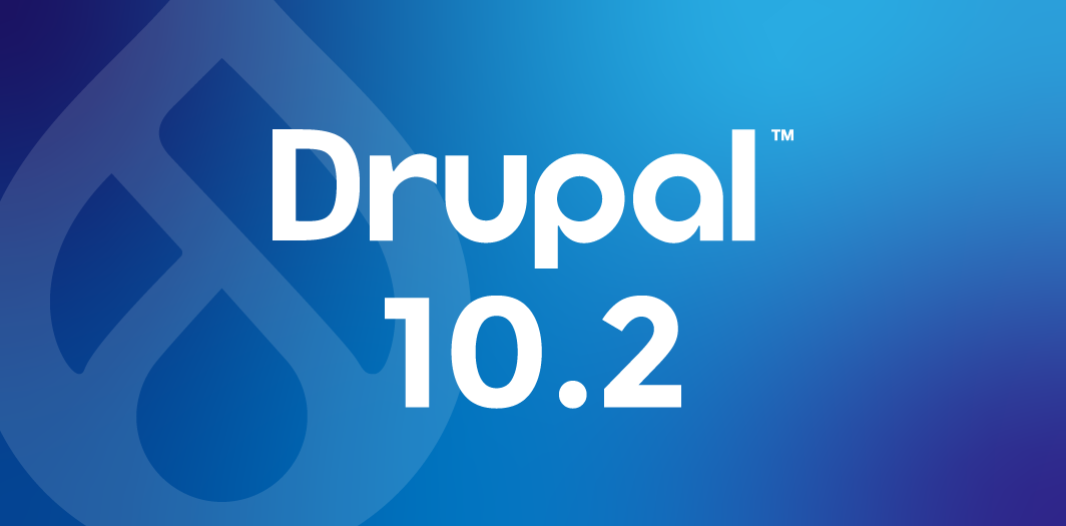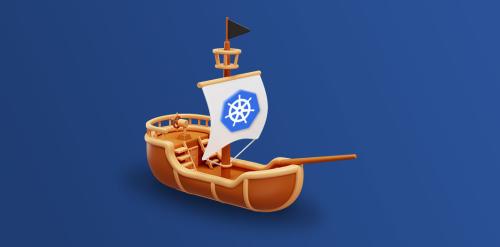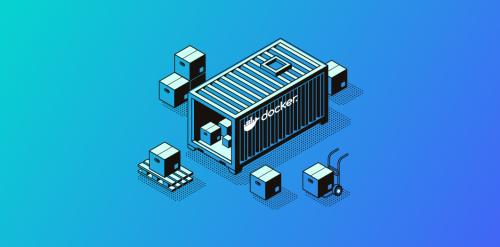
Drupal 10.2: What's New and Should You Migrate?
Drupal is a leading open-source content management system (CMS) that has empowered users to create, manage, and customize websites of all sizes and complexities since 2001. With its robust feature set, extensive community support, and commitment to accessibility, Drupal has become the choice of organizations worldwide.
On December 15, 2023, the Drupal team released the new stable version, Drupal 10.2. In this article, we will overview the main updates that came with the release and help you decide if and how you should migrate to this version.
Drupal's version release cycle
Drupal сonsistently evolves, releasing new versions in a consistent cycle:
- Major Releases (8, 9, 10, etc.) are significant updates that introduce major new features, enhancements, and changes to the core Drupal codebase. These releases typically occur every two years. Before Drupal 9, releases were not backward compatible with the previous major version, so sites required a well-defined upgrade plan and sufficient resources to address potential compatibility issues with custom modules and themes.
- Minor Releases (9.4, 9.5, etc.) are smaller updates that focus on enhancements, new functionalities, and improvements to existing features. They are released every six months and are considered more stable and compatible with existing websites, making them a more suitable option for most users.
- Corrective Releases (9.4.1, 9.4.2, etc.), also known as "patch releases" or "hotfixes," are issued to address critical security vulnerabilities in the Drupal core codebase.
The current major Drupal version, Drupal 10, was released on December 14, 2022, and introduced new admin and user themes, tools for creating bespoke themes and authoring, updated JavaScript components, and Symphony 6 and PHP 8.1 support.
The latest stable version, Drupal 10.2, released a year later on December 15, 2023, marks another significant step forward, offering improvements that empower users and enhance the overall Drupal experience.
Drupal 10.2 Improvements
Drupal 10.2 provides users a more robust, feature-rich, and developer-friendly experience. Here are the key improvements:
Enhancing Content Modeling
- Improved File Naming Conventions: Drupal 10.2 introduces new options for sanitizing file names, allowing for cleaner and more consistent naming conventions.
- Media Item Revisions: Media item revisions now have a dedicated user interface for easy access and management.
Streamlined Block Management
- Simplified Block Management Interface: The block management interface now has a simplified drag-and-drop functionality for easy organization and placement of blocks across the website.
- Enhanced Block Visibility Rules: Block visibility rules provide greater control over block placement and visibility on different pages and user roles.
Enhanced Menu and Taxonomy Organization
- New Menu Layout and Structure Options: Drupal 10.2 introduces new menu layout and structure options, enabling a more intuitive and customizable menu experience.
- Taxonomy Enhancements: Drupal 10.2 improves taxonomy management tools, making categorizing and organizing content easier.
Streamlined Permission Administration
- Simplified Permission Assignments: The permission inheritance rules are simplified, making assigning user roles and permissions easier.
- Enhancements to Role-Based Access Control (RBAC): Drupal 10.2 enhances role-based access control (RBAC) capabilities, providing granular control over user access.
The latest PHP under the hood
- PHP 8.3: Drupal 10.2 is already compatible with PHP 8.3.
- PHP attributes: Drupal core has started PHP attributes adoption. It's a modern PHP language feature for plugin annotations.
A Developer-Friendly Ecosystem
- Automated Testing: Drupal 10.2 introduces
PerformanceTestBase, a tool for automated testing of performance metrics. - OpenTelemetry Trace Support: Drupal 10.2 supports OpenTelemetry traces, enabling improved performance monitoring.
- Backwards-Compatible Methods for Developer Productivity: Drupal 10.2 introduces new methods like
DeprecationHelper::backwardsCompatibleCall()and PHP Fibers support in BigPipe and the Renderer, enhancing developer productivity. With PHP Fibers, Drupal can run different code while waiting for an asynchronous operation to return.
By providing a more intuitive content management experience, streamlined administration, and developer-friendly tools, Drupal 10.2 empowers users to create and manage websites more effectively while enabling developers to build innovative and performant applications.
Why Migrate to Drupal 10.2?
While two more minor Drupal 10 releases are planned for June and December 2024, there are several reasons why you might want to upgrade to Drupal 10.2 before future releases:
Enhanced security and stability
Each Drupal core release includes security updates and bug fixes that are not backported to older versions. Upgrading to Drupal 10.2 will ensure you have the latest security patches and bug fixes to protect your website from vulnerabilities.
Important: All support for Drupal 7 is ending on January 5, 2025!
After this date, there will be no further Drupal 7 security updates, bug fixes, or development. This means that Drupal 7 websites will become increasingly vulnerable to security attacks, and it will become increasingly difficult to maintain and update these websites.
Drupal 9.5.x and 10.0.x security support has also ended. Sites on Drupal 8, 9, or 10.0 should upgrade to a supported release as soon as possible.
Improved user experience and performance
Drupal 10.2 includes several enhancements to the user interface, such as a simplified block management interface and improved menu and taxonomy organization. These enhancements can make your website easier to use and navigate for both administrators and site visitors.
Enhanced developer experience
Drupal 10.2 includes several improvements for developers, such as the PerformanceTestBase and support for OpenTelemetry traces. These improvements can make it easier for developers to create and maintain Drupal websites.
Of course, upgrading to Drupal 10.2 also has some potential drawbacks. For example, you may need to update your custom modules and themes to ensure compatibility with the new version. Additionally, there is always a small risk of unexpected issues during the upgrade process.
If you are concerned about security and stability or want to take advantage of the new features and improvements, then upgrading to Drupal 10.2 is a good option. However, if you are not experiencing any problems with your current Drupal 10 installation, you can wait for the Drupal 10.3 or 10.4 releases.
Preparing for a Smooth Upgrade
To ensure a seamless transition to Drupal 10.2, consider these crucial steps:
- Thorough Planning: Plan your migration strategy carefully, considering site complexity, custom modules, and third-party integrations.
- Updating Dependencies: Update any dependencies that are no longer supported in Drupal 10. This may involve replacing deprecated modules or themes with newer versions. Drupal's tools, like the Dependency Checking Console and the Dependency Injection System (DIC), can identify potential issues with your custom modules and themes before the upgrade.
- Evaluate Third-party Integrations: If your website integrates with external services or APIs, ensure these integrations are compatible with Drupal 10. Check for updated versions or alternative solutions if necessary.
- Testing and Validation: Conduct thorough testing to identify and resolve compatibility issues or potential errors before deploying the new version.
- Expert Guidance: Engage a Drupal development company to provide expert guidance and ensure a smooth transition.
In general, sites should update to the most recent release of their current major branch before updating to the next major release.
In conclusion
Drupal 10.2 is a significant step forward in Drupal's evolution, offering a wealth of enhancements and improvements that empower users and developers, simplify content management, and enhance the overall Drupal experience. By upgrading to Drupal 10.2, you'll embark on a seamless journey towards a more efficient, secure, and modern website.
Carefully evaluate and address dependencies to minimize the risk of compatibility issues during the upgrade process and ensure a smooth transition to Drupal 10. Or get expert advice or assistance from a dedicated Drupal development company like Connect-i to upgrade to Drupal 10.2 hassle-free.


